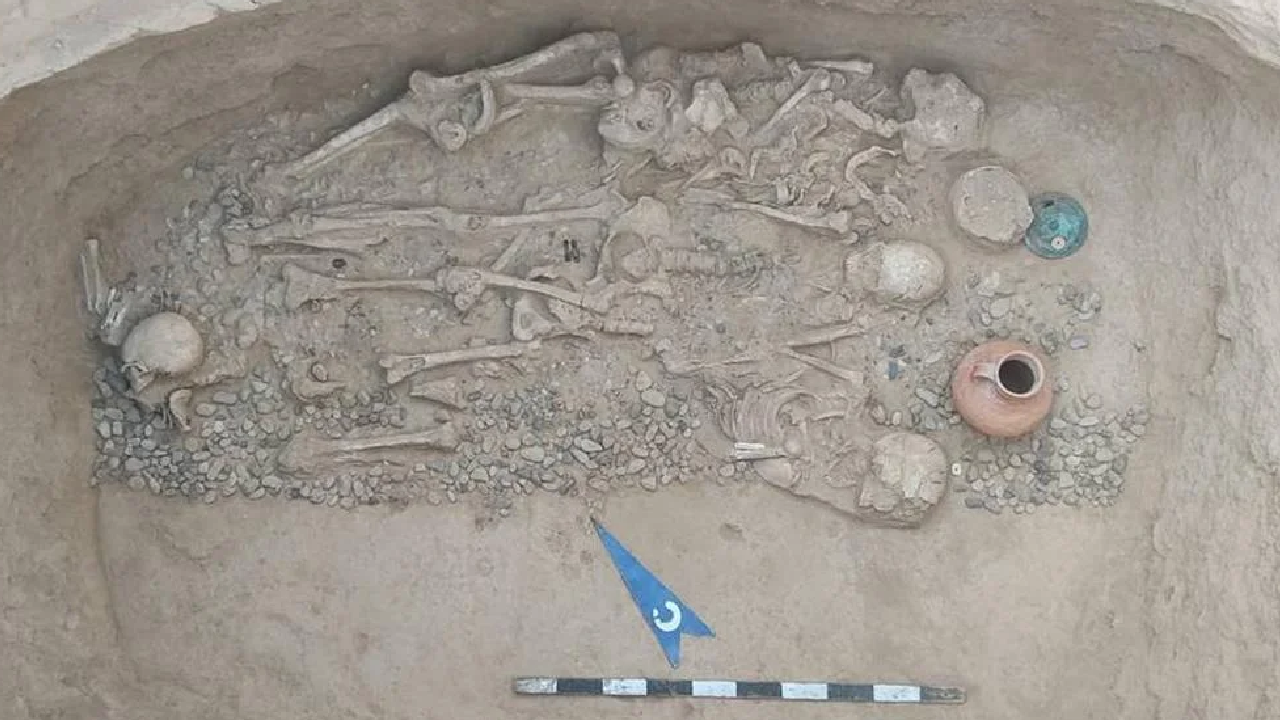A significant archaeological discovery has been made in Kazakhstan, shedding new light on the mysterious Kangju state that flourished in the region over 2,000 years ago. Archaeologists have unearthed a trove of artifacts, including gold jewelry, arrowheads, and a bronze mirror, dating back to the time of this ancient civilization.
The discoveries were made at the Tolebaitobe burial ground in the Turkistan region. One of the most notable finds is a beautifully crafted bronze mirror believed to originate from China during the Han dynasty. This mirror, adorned with intricate designs, was likely a symbol of wealth and status.

Other artifacts unearthed include gold earrings, a Roman-style brooch, beads, and a pottery jug. These items provide valuable insights into the trade connections and cultural influences of the Kangju state, which was located along the ancient Silk Road.
The Kangju state was a federation of different peoples, including nomadic groups such as the Sarmatians, Xiongnu, and Saka. Its strategic location along the Silk Road facilitated trade and diplomatic relations with powerful empires like Rome, Byzantium, the Kushan Empire, and China.
The artifacts discovered in Turkistan offer a glimpse into the sophisticated craftsmanship and cultural richness of the Kangju state. They also provide valuable evidence of the trade and exchange that took place along the Silk Road, one of the most important trade routes in history.
This archaeological discovery is a significant milestone in our understanding of the Kangju state and its place in the history of Central Asia. The artifacts will be displayed at the National Museum of the Republic of Kazakhstan in Astana, allowing the public to appreciate the beauty and significance of these ancient treasures.


Leave a Reply